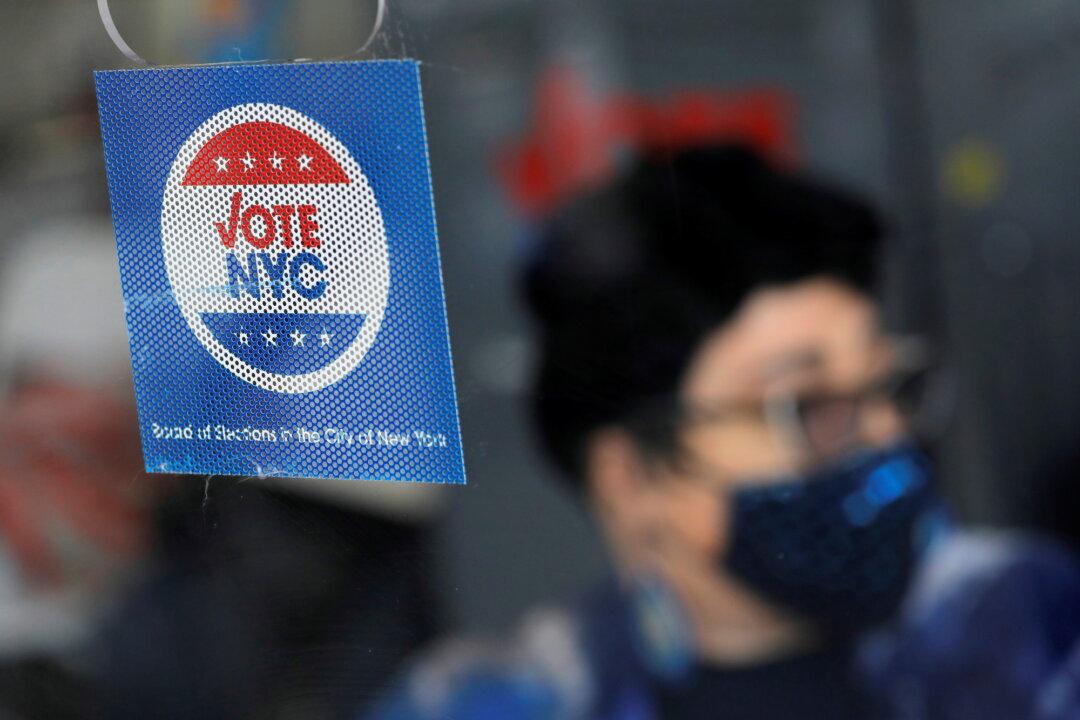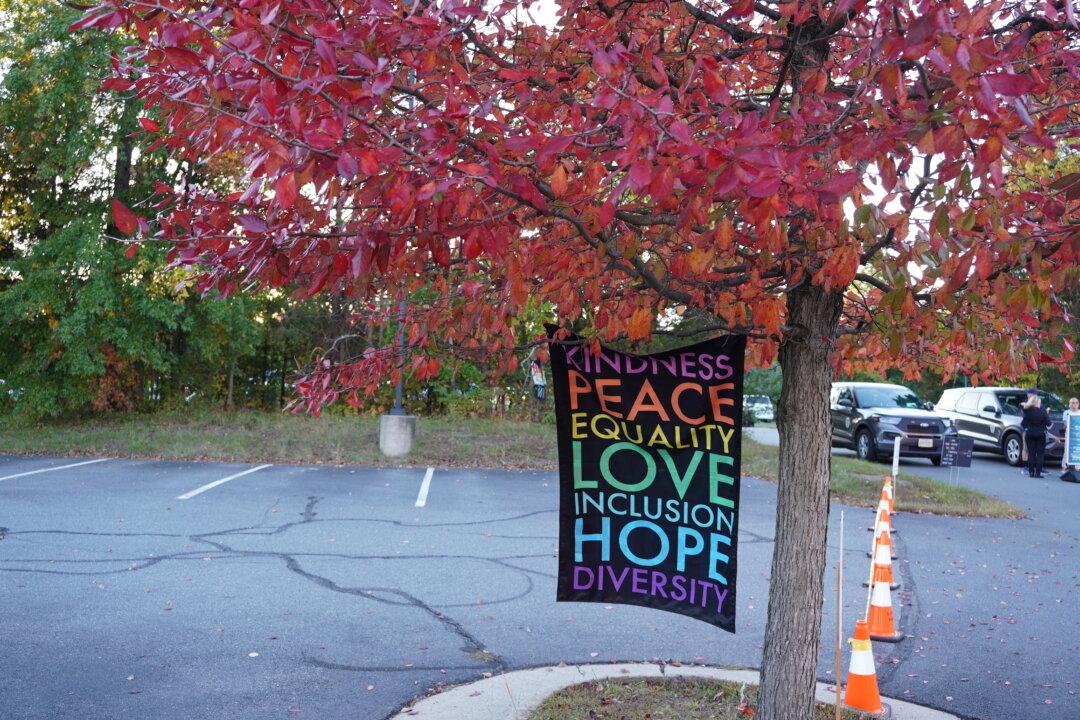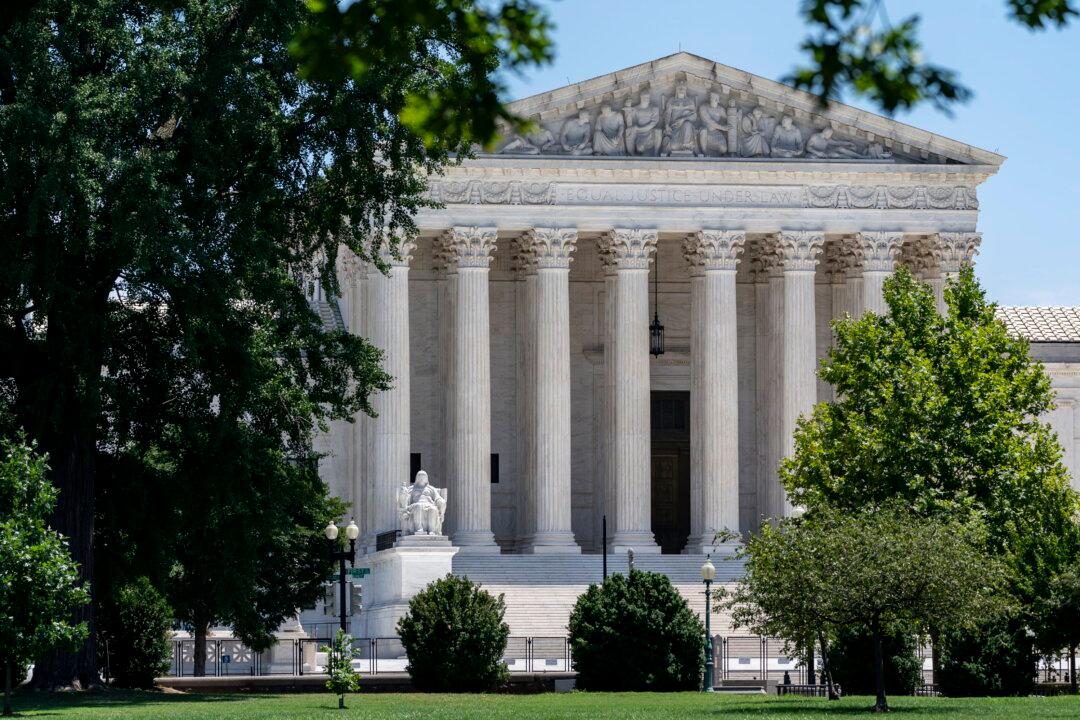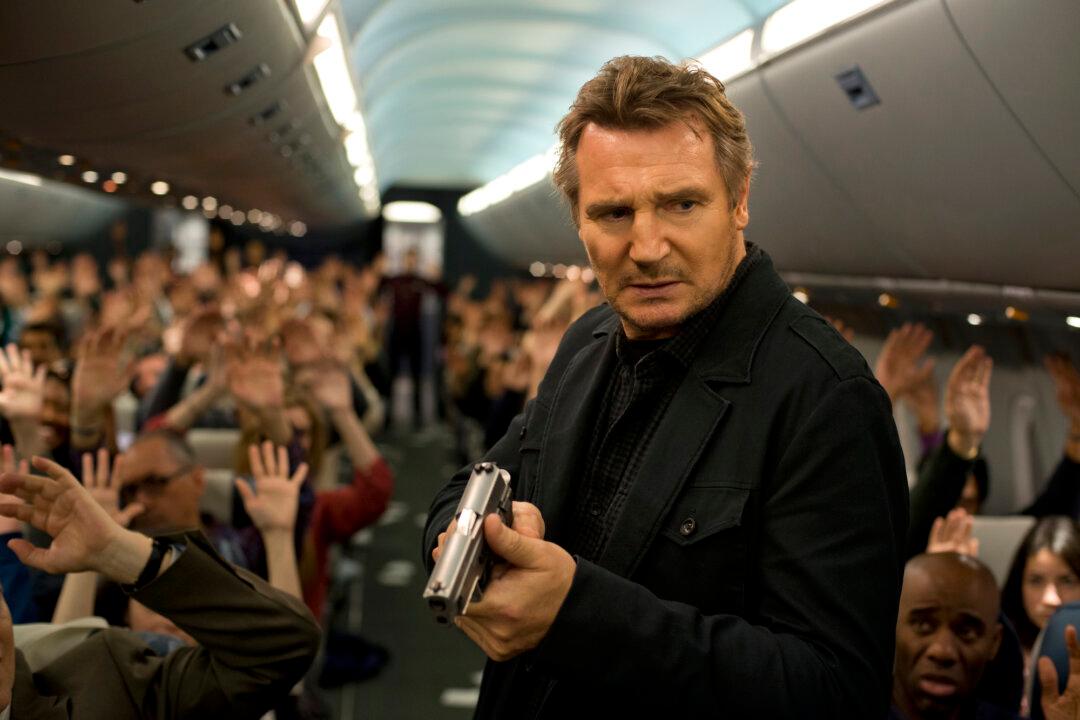Commentary
Last week, New York held its primary election for the Democratic candidate for mayor, who will surely be New York’s next mayor. Yet the results were still unknown, with changing updates for days. In fact, we may never know the real winner, because of an invention by progressives to make elections “fairer.”





